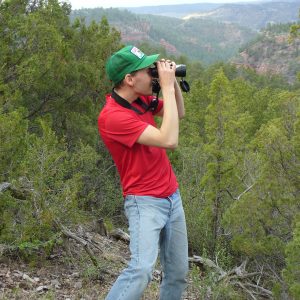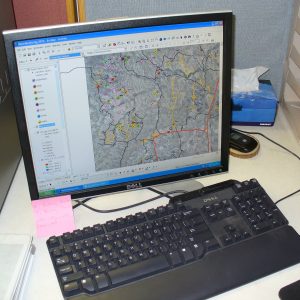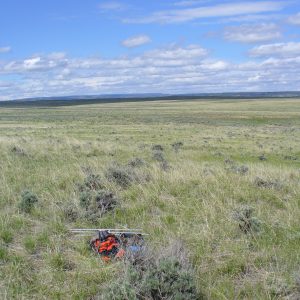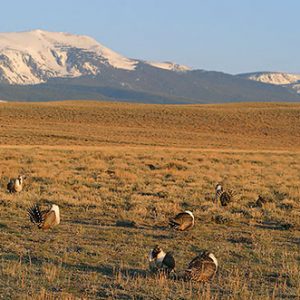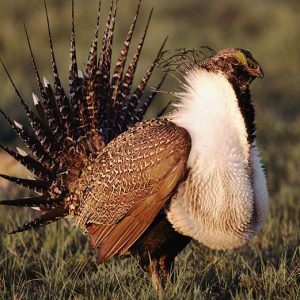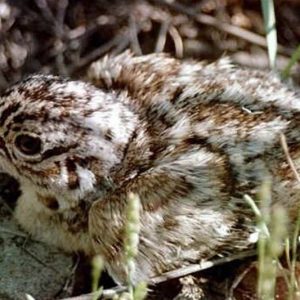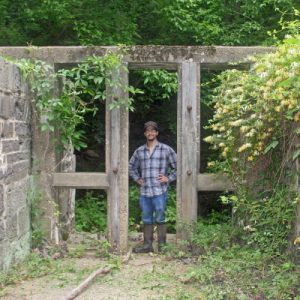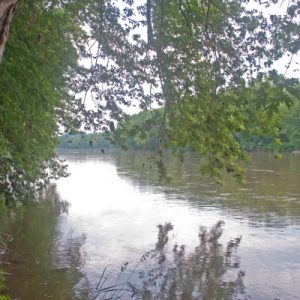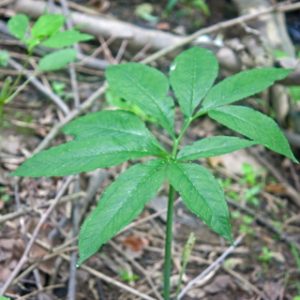What are the perceptions of people from the Midwest and East Coast regarding Nevada? This was the start of an interesting conversation with my coworkers last week!
It is not uncommon to hear people suggest that Nevada is a hot, barren desert…
As I take a few minutes to reflect upon my experiences here in Carson City, I am challenged to reconsider my own perceptions of Nevada. While Nevada can be a hot, barren desert, it is so much more. My experiences over the past three months have provided numerous opportunities to interact with several of Nevada’s social, cultural, and ecological features, each providing me with so-called “food for thought.” Nevada, like any other place, is directly influenced by the decisions that people make. Here, these decisions are often demonstrated as the conflict between restoring native plants and grazing. But, this is not the whole story…
…Nevada is home to many rare species. Yesterday, as we walked through one of our field sites, we were able to see Polyctenium williamsiae, a state threatened species found in only a handful of locations. And, in many places throughout Nevada, we have had the opportunity of seeing archeological relics from the people who have lived here for centuries. So as I bring my post to an end, I’ll share two facts that completely surprised me about Nevada– 1) Nevada is the most mountainous of all the states in the US and 2) Mark Twain lived here!
-Brittany N.
Carson City, Nevada
Bureau of Land Management

